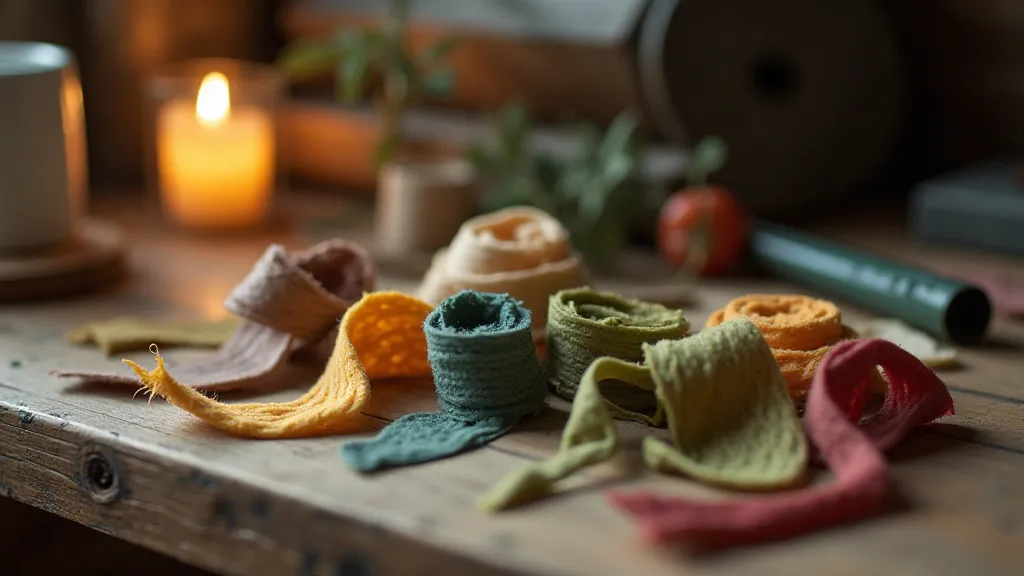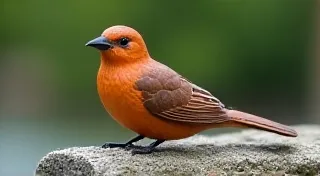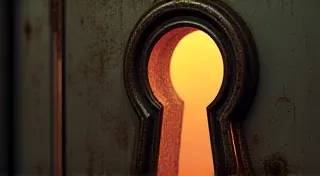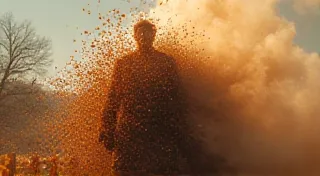The Tapestry Weaver’s Guild: Patterns and Possibilities of Ribbons
There’s a quiet magic held within the curl of an old typewriter ribbon. It's more than just a strip of ink-laden fabric; it’s a repository of stories, a silent witness to countless letters composed, poems penned, and moments captured in time. As someone deeply involved in restoring vintage typewriter ribbons, I’ve come to see them not just as office supplies, but as exquisite, ephemeral artworks, akin to the work of a forgotten tapestry weaver. They hold a beauty often overlooked, a delicate intricacy that demands a closer look and a deeper appreciation.
My fascination began not with typewriters themselves, but with my grandfather's attic. A hoarder of sorts, he’s amassed a truly staggering collection of antique equipment, and among dusty radios and broken clocks, were boxes and boxes of typewriter ribbons. Most were brittle and faded, clinging to the spools with a ghostly persistence. Their colours were muted - the vibrant reds and blues of their prime long gone, replaced by shades of sepia and grey. It felt like excavating a lost civilization. That first ribbon I carefully unfurled, a faded crimson, felt like a connection to someone I’d never met, a silent conversation across generations.
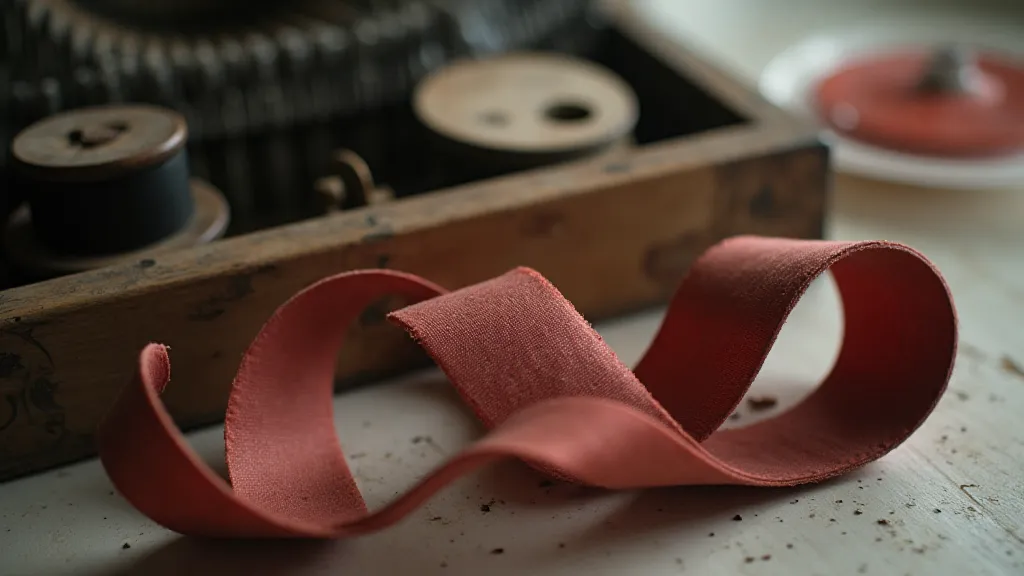
The Language of Ink: Visual Patterns and Their Origins
A new ribbon, fresh from the factory, presents a stark and uniform pattern. But the ribbon that’s been used, that's *lived*, tells a more complex story. The patterns that emerge aren’t random. They’re a testament to the user's technique, the typewriter's mechanics, and even the paper itself. A hurried typist will leave a rougher, more broken pattern, while a careful hand produces something smoother and more consistent. The ribbon’s ink – often a complex mixture of dyes and solvents – reacts to the paper’s surface, creating subtle variations in colour and density. Some inks bloom slightly, creating soft, hazy edges; others remain crisp and defined.
Consider the influence of different typewriter models. A Smith Corona Silent, with its more forgiving action, might produce a gentler pattern than a sturdy Underwood, known for its more forceful impact. The ribbon's composition also matters. Early ribbons were often made of silk, known for their rich colour saturation and luxurious feel. Later, nylon and other synthetic fabrics became common, offering greater durability but sometimes sacrificing some of the initial vibrancy. Recognizing these subtle variations is key to both appreciating the ribbon's history and, when restoring them, understanding the challenges involved.
Restoration: More Than Just Cleaning
Restoring a vintage typewriter ribbon isn't about bringing it back to its pristine, factory-fresh condition. That’s often impossible, and, frankly, undesirable. The beauty lies in the imperfections, in the patina of time. My approach is one of careful preservation, of stabilising the ribbon's condition and gently removing surface grime without erasing the character that makes it unique. Strong solvents and harsh cleaning agents will only damage the delicate fabric and fade the ink further. Instead, I prefer a gentle approach using distilled water and a soft brush.
The real challenge often lies in dealing with brittle ribbons. These are incredibly fragile, prone to crumbling at the slightest touch. Careful handling is paramount. Sometimes, I’ll use a very light coating of archival-quality wax to help preserve their flexibility, but it’s a delicate process, requiring years of experience and an unwavering patience. It's about respecting the ribbon's history and acknowledging its limitations.
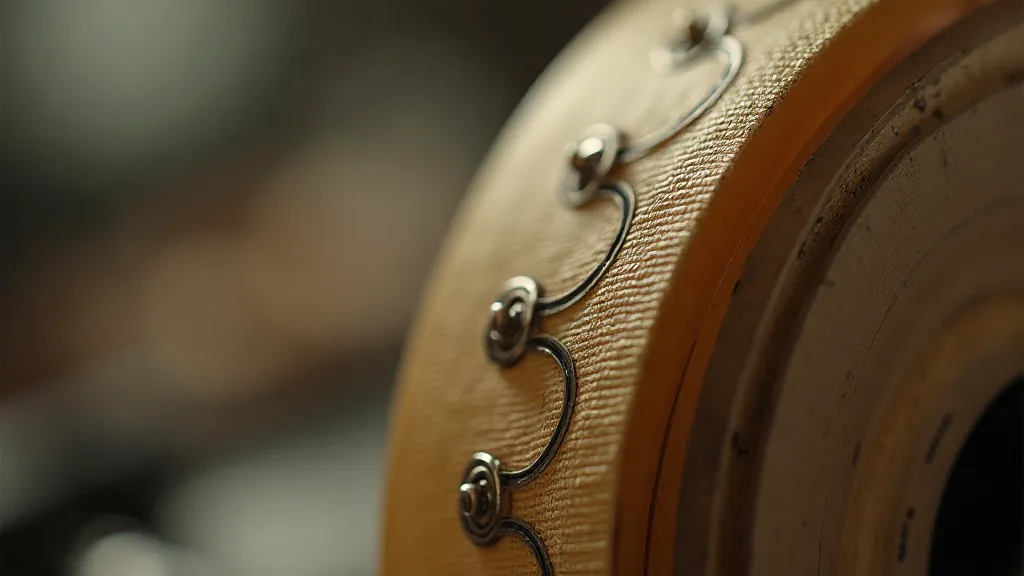
Inspiration From the Past: Art and Writing
Beyond restoration, I'm increasingly fascinated by the artistic possibilities inherent in these ribbons. Their patterns aren’s just a byproduct of their use – they *are* a visual language. I’m experimenting with using fragments of these ribbons in collages, transferring their patterns onto canvas, and even incorporating them into mixed-media sculptures. The faded colours and irregular textures lend a unique character to any artwork.
The same principle applies to writing. I’m finding that the ribbons' textures and patterns subconsciously influence my creative process. The rough edges and faded colours inspire a certain mood, a sense of nostalgia and melancholy. Sometimes, I’ll simply lay a ribbon on a page and let the patterns guide my writing, allowing the visual cues to trigger ideas and emotions. It’s a way of tapping into the creative energy embedded within these objects, of letting the past inform the present.
The Weaver’s Legacy: Collecting and Conservation
The world of vintage typewriter ribbons is surprisingly rich and complex. There are collectors who specialize in particular brands, colours, or eras. They understand the nuances of ribbon manufacturing, the significance of rare colours, and the historical context behind each ribbon's creation. They see these ribbons not as mere office supplies, but as tangible links to the past, as artifacts that tell stories about the people who used them and the times they lived in.
The future of these ribbons depends on our collective efforts to preserve them. We need to encourage responsible collecting practices, promote conservation techniques, and educate future generations about the importance of these often-overlooked treasures. It’s about recognizing that even the smallest, most seemingly insignificant objects can hold profound meaning and inspire creativity. Just as the tapestry weaver meticulously crafted intricate patterns from simple threads, we too can find beauty and inspiration in the faded ink and delicate fabric of a vintage typewriter ribbon. The stories remain; we only need to learn to read them.
